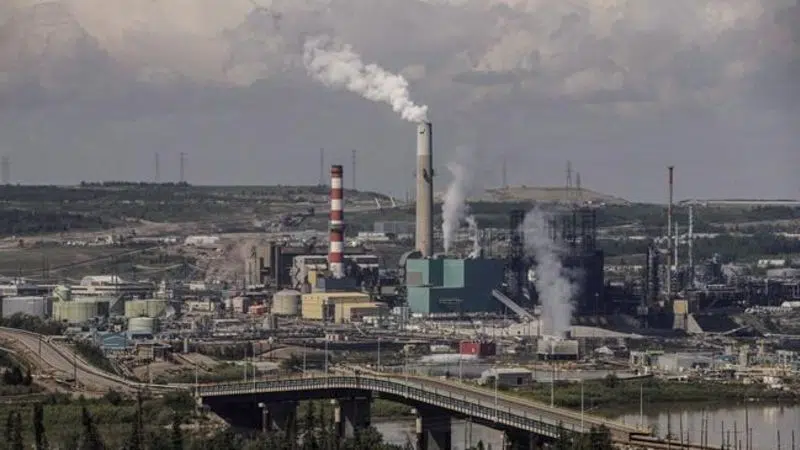
Canada may need additional carbon taxes to meet its Paris targets, PBO says
OTTAWA — Canada’s price on carbon will have to be five times what it is now if the country is to reach its Paris Agreement greenhouse-gas emissions targets just by charging for those emissions, Parliament’s budget watchdog says.
The current $20-a-tonne federal levy on fuels is set to rise to $50 a tonne by 2022. It applies in provinces that don’t have equivalent carbon-pricing systems of their own. The Parliamentary Budget Office says that may not be enough.
In a new report Thursday, the PBO says an additional levy that goes beyond fuels would have to start at $6 per tonne of emissions in 2023 and rise to $52 by 2030.
Combined with the current federal fuel charge, that would add up to $102 per tonne. The PBO estimates that would mean an additional cost of 23 cents for a litre of gasoline.


